Disney’s theme park history is littered with attractions that have closed. Some have become beloved icons, while others have been lost in the sands of time. Our topic today – Disneyland’s version of the PeopleMover – certainly stands in the former category.
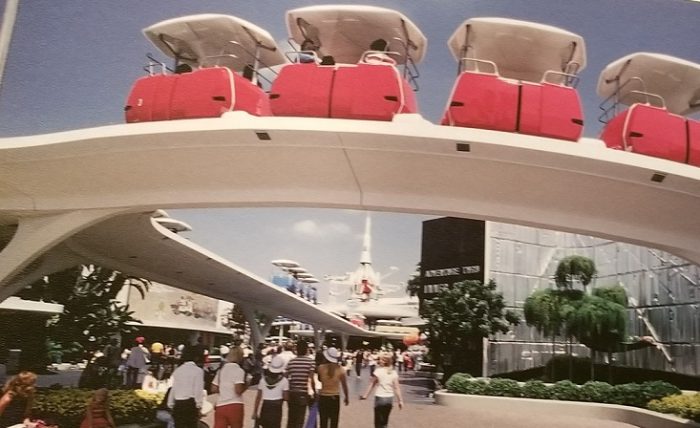
This attraction was a favorite among guests at Walt’s original theme parks. Its arguably ill-thought-out closure and replacements still casts a literal and figurative shadow over the park’s Tomorrowland to this day.
The genesis of the PeopleMover concept emerged in the early 1960s, when Walt Disney began focusing slightly less on theme parks and more on his E.P.C.O.T. concept, which he viewed as the key to transforming America’s cities.
One of Walt’s core concepts for his city was to replace much of the city’s automotive traffic with clean-energy public transportation systems. Walt believed if he could show the validity of these transportation options in his theme parks, they could then be applied to real world cities. Ironically, however, the technology that would become the PeopleMover came straight from the auto industry.
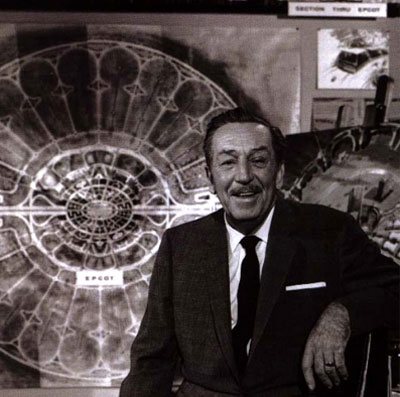
“We discovered the idea for the New York World’s Fair WEDway PeopleMover system while on a business trip to the Ford Motor Company in Detroit. Walt and I were invited to visit the mill where Ford made steel for car bodies. We saw a device for handling steel ingots, masses of glowing red-hot metal. The ingots were moved around on tracks of powered rollers from one area to another while being transformed into sheet steel for making cars. Walt asked, ‘Do you think we could put some kind of seat on that type of conveyor, or some kind of arrangement for people to ride on… do you think this thing would handle it?”
Hench further explained how Imagineer Roger Broggie was able to adapt the concept to work in the way Walt was looking for. Hench wrote that Broggie, “devised a platen, a flat metal surface, for the bottom of each guest vehicle to make contact with the powered wheels in the conveyor track. We could check the bed of rollers at night to make sure that they were all working. The system was so simple that it never failed to provide guests with a smooth ride.”
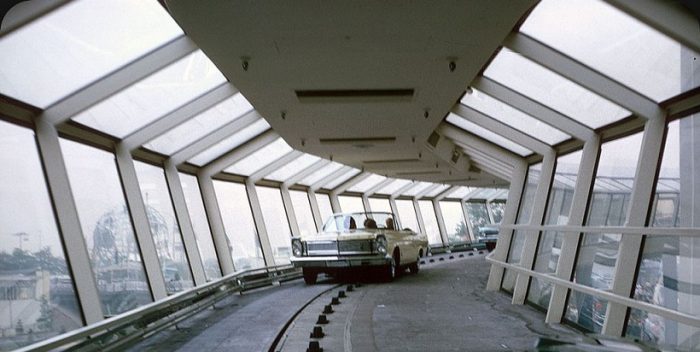
Disney first implemented the ride system at the 1964 New York World’s Fair, using it to move real Ford vehicles through the Magic Skyway ride. Like the rest of Disney’s attractions at the fair — “it’s a small world,” Carousel of Progress, and Great Moments With Mr. Lincoln — the Magic Skyway was a massive hit. However, unlike the others, it wasn’t directly transported to Disneyland. Rather, its dinosaurs and diorama became part of the Disneyland Railroad, while the ride system would have to wait several years to debut.
In 1967, Disneyland opened a brand new version of Tomorrowland, having torn down much of the original 1955 version of the land and rebuilding it as a mid-late 1960s modernist utopia. The ride system, perfected by Disney vehicle extraordinary Bob Gurr, was implemented in the WEDway PeopleMover, which moved guests around the land in zippy vehicles.
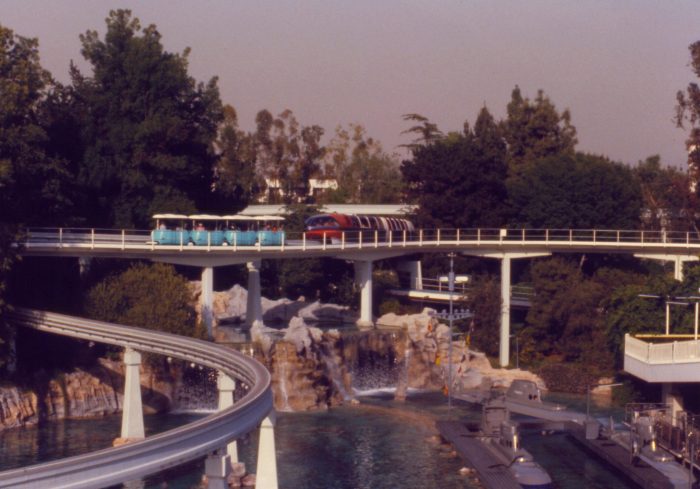
Back to Hench, who explained the role the PeopleMover played in the 1967 Tomorrowland landscape:
“In Tomorrowland the view from the Submarine Lagoon was dedicated to action, an orchestration of movement, including the aerial Skyway, the surface-level Autopia, the elevated Monorail and PeopleMover, and the underwater and surface Submarine Voyage. These were all woven into a pattern looping through, around, over, and under each other. The vehicles were streamlined forms with modernistic lines that implied movement. The entire area was staged kinetically to suggest the energy of modern urban life.”
Gurr has further elaborated on the importance of the attraction to the land, “In the same manner as the Disneyland Railroad becoming wildly popular as a trip through a ‘new land,’ where one could get a glimpse of exciting attractions to explore after their trip, the PeopleMover would do the same… From an elevated guideway, one could ‘preview’ an array of enticing futuristic places to visit. Walt also envisioned that a PeopleMover could do the same for other venues, such as shopping centers, expositions, and wild animal parks.”
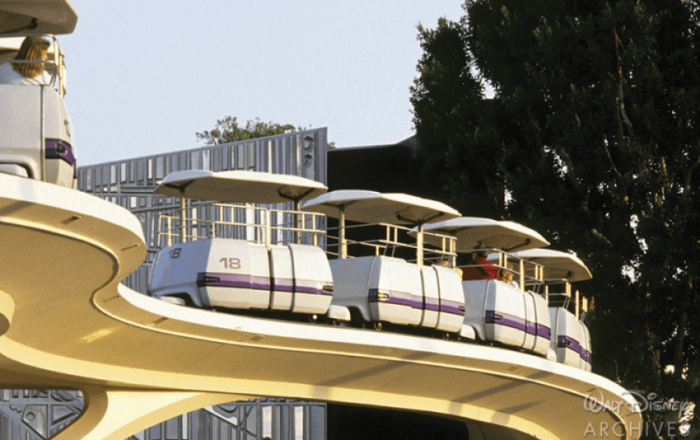
In addition to the ride vehicles and kinetic ride system, even the PeopleMover’s track and supports were an integral part of the design. Once again, John Hench explained:
“In designing Tomorrowland, Imagineers considered the track layouts and structures to be as much design elements as the vehicles, and intended them to convey the same meaning. On the PeopleMover, the structural forms are designed to support physical forms in motion. The cantilevered and curved track and the winding curves in the structural elements create continuous eye movement for guests, because the eye interprets line as the record of action. The shapes are organic, with softened and tense edges that look like muscles, expressing movement. The streamlined look was efficient, but also beautiful. Normally, it would have been easier to design boxed, right-angle columns; we opted for equally strong curvilinear structures supporting delicate, futuristic-looking roadbeds.”
Ironically, however, these track designs and supports would come to represent a much different, much sadder fate for the PeopleMover. The attraction was a beloved part of Disneyland for nearly three decades. However, by 1995 a desire to once again redesign Tomorrowland – that pesky “Tomorrowland Problem” rearing its ugly head yet again – led to the closure of the PeopleMover.

Imagineers planned to replace the attraction with a fast-moving thrill ride — The Rocket Rods — using the same track. However, budget cuts to the project meant that the PeopleMover tracks wouldn’t have banks or curves added to them, leading to an attraction that jerked from fast to slow, and was prone to near constant breakdowns. Rocket Rods closed for good in 2000, and in the years since, the PeopleMover tracks have sat unused in the middle of Tomorrowland, too intertwined with the architecture to be removed, and too far out of compliance with modern regulations to see a new version of the PeopleMover installed.
While Disneyland’s PeopleMover has been defunct as long as it was active, its legacy lives on in several ways. First and foremost, there’s the Walt Disney World version. Originally opened as the WEDway PeopleMover in 1975, the attraction — which is powered by environmentally friendly linear-induction motors, as Walt would have likely loved — has been a staple at the Magic Kingdom since. The attraction was re-named Tomorrowland Transit Authority in 1994, and has been known as the Tomorrowland Transit Authority PeopleMover since 2010.
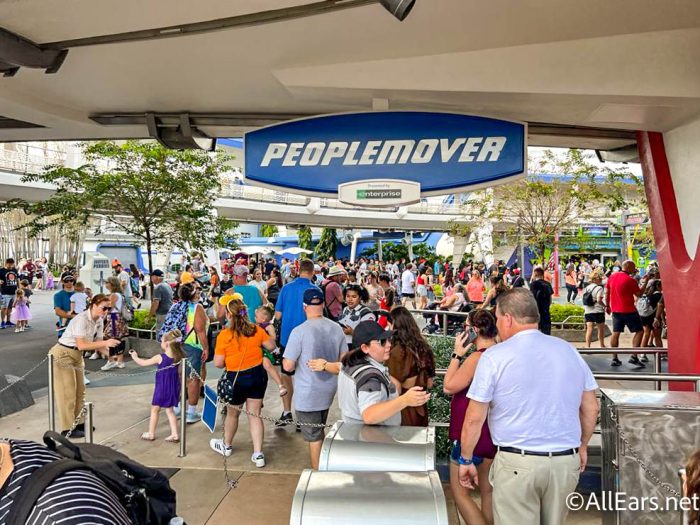
In addition, while the PeopleMover concept didn’t spread through America’s cities the way Walt might have hoped, there have been some notable installations of similar systems at venues such as airports.
The Sad Demise of Mickey Mouse’s House in Walt Disney World
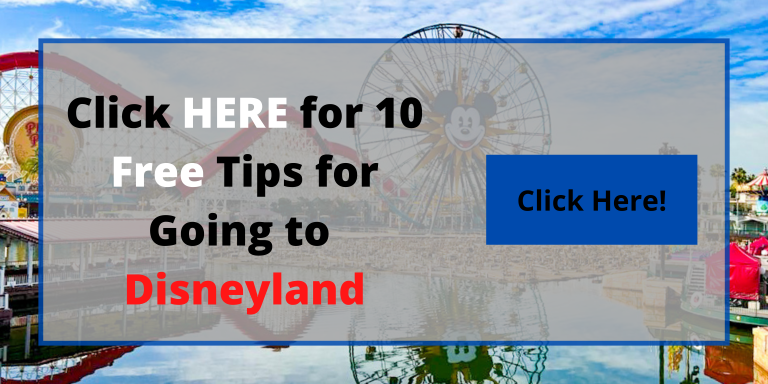
Do you have any memories of the PeopleMover? Do you wish there was some way to return it to Disneyland? Let us know in the comments below.

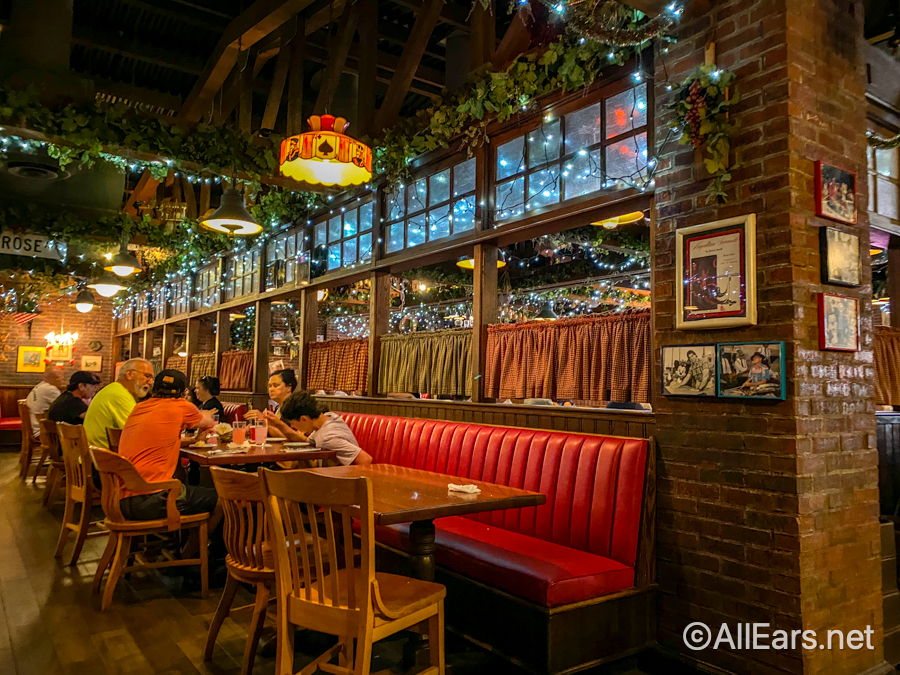
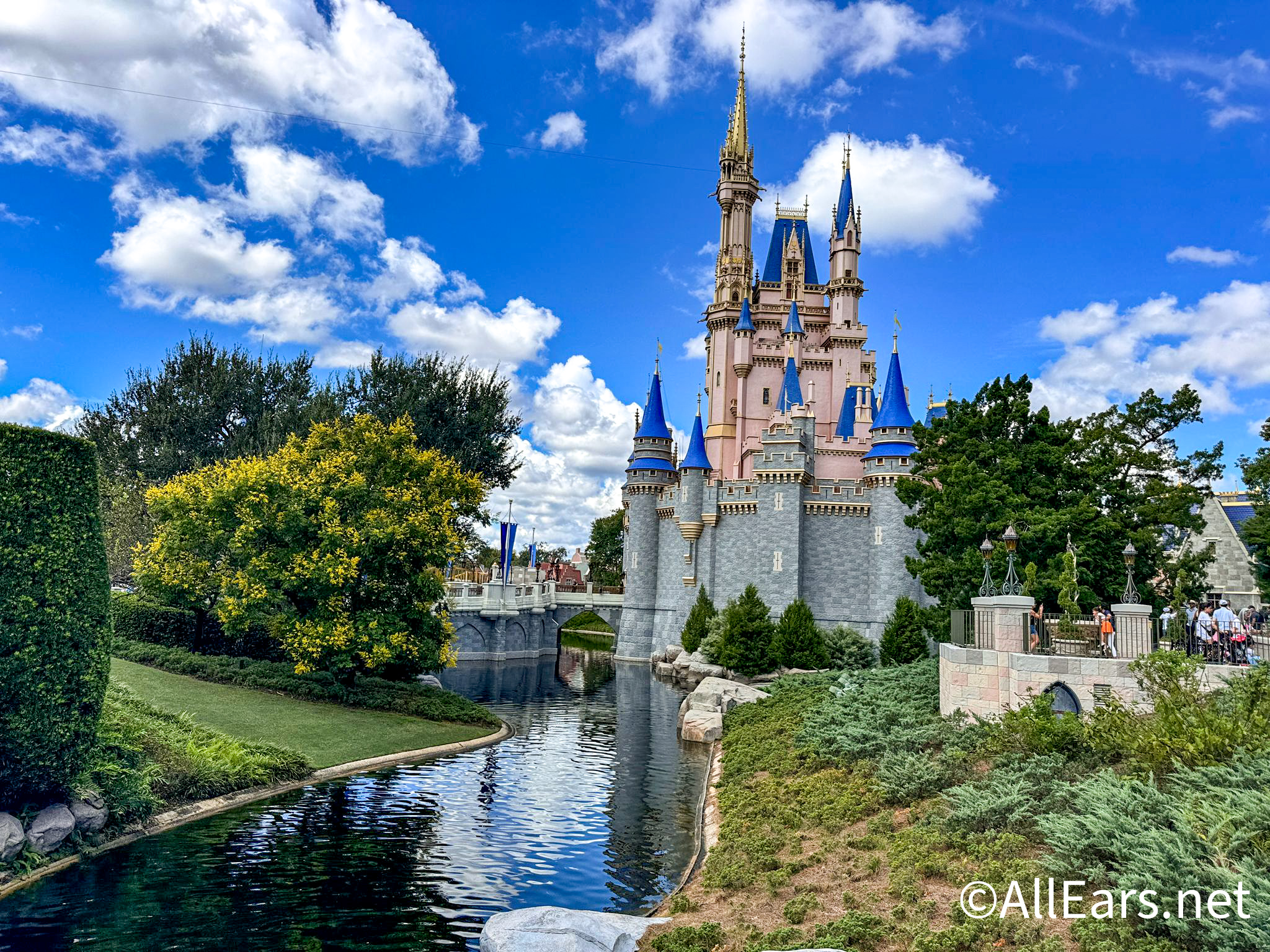

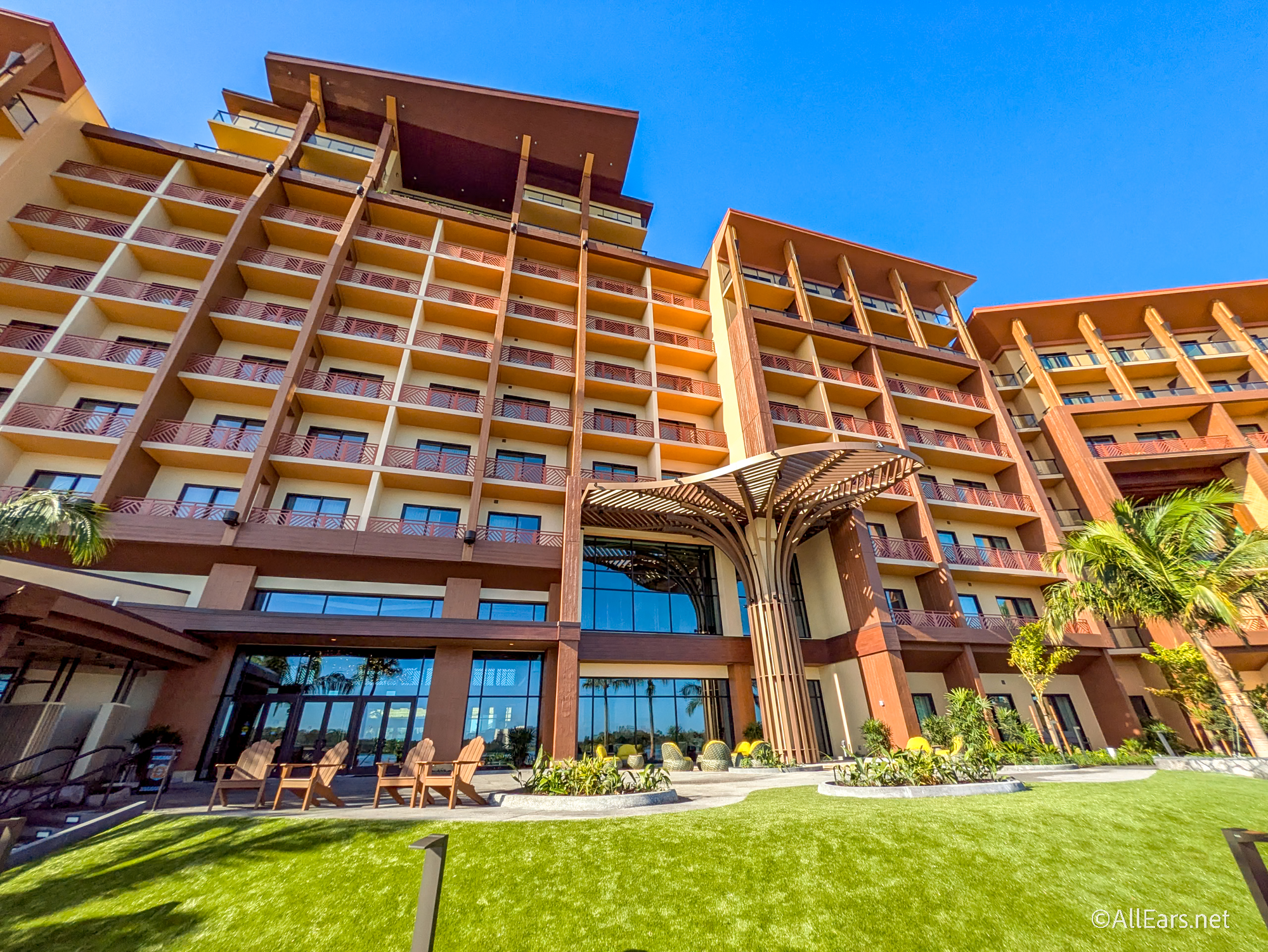

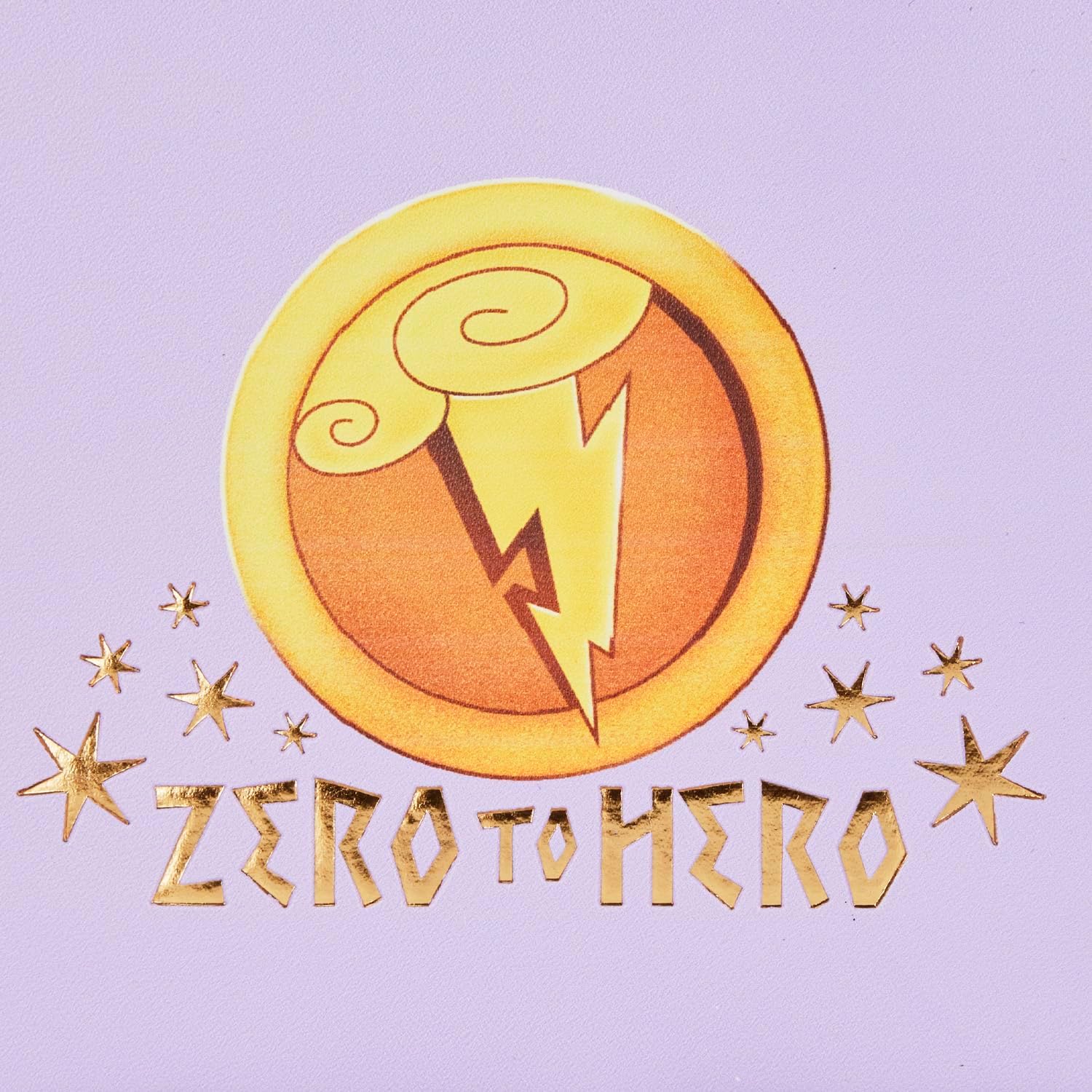
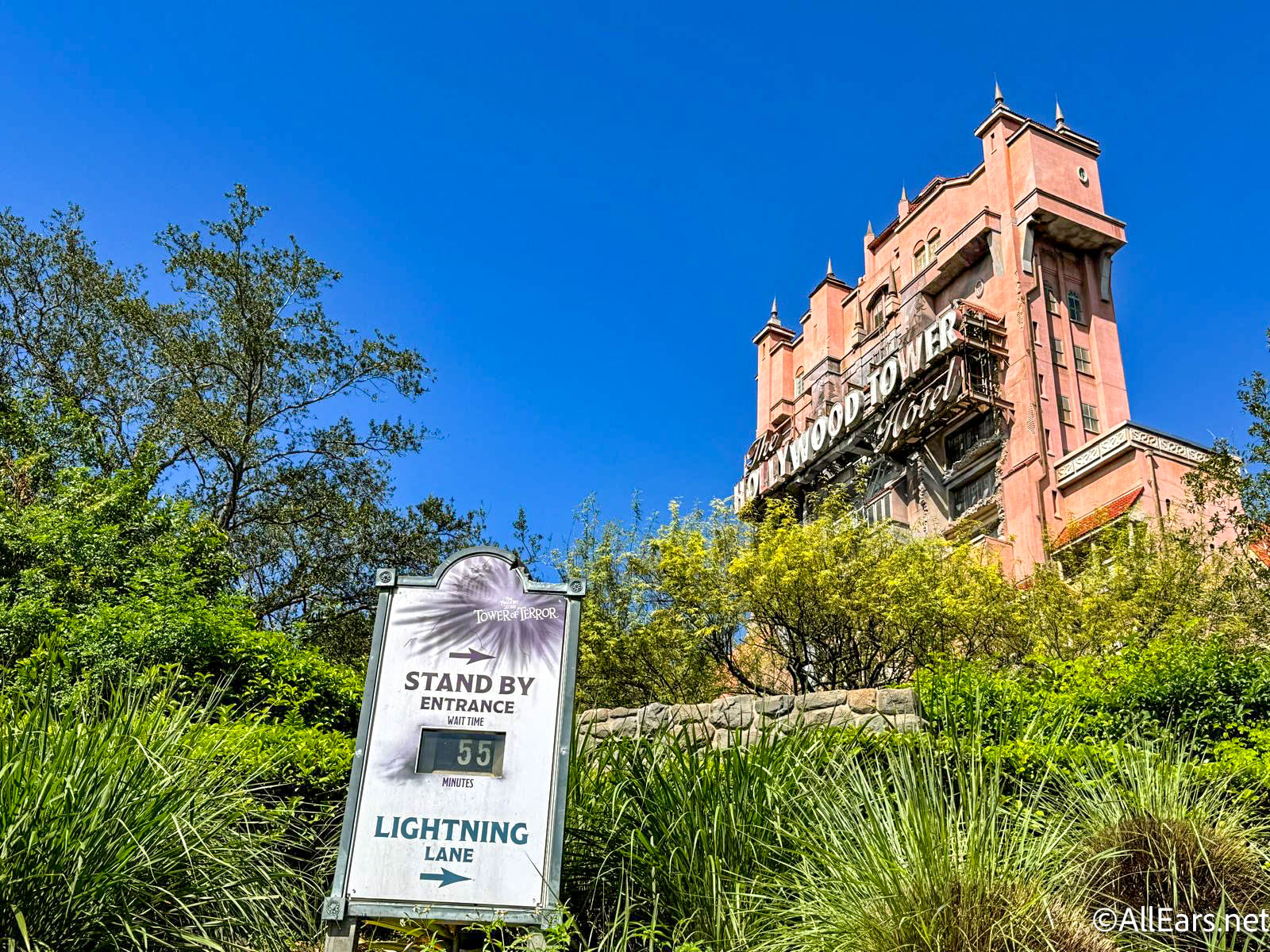

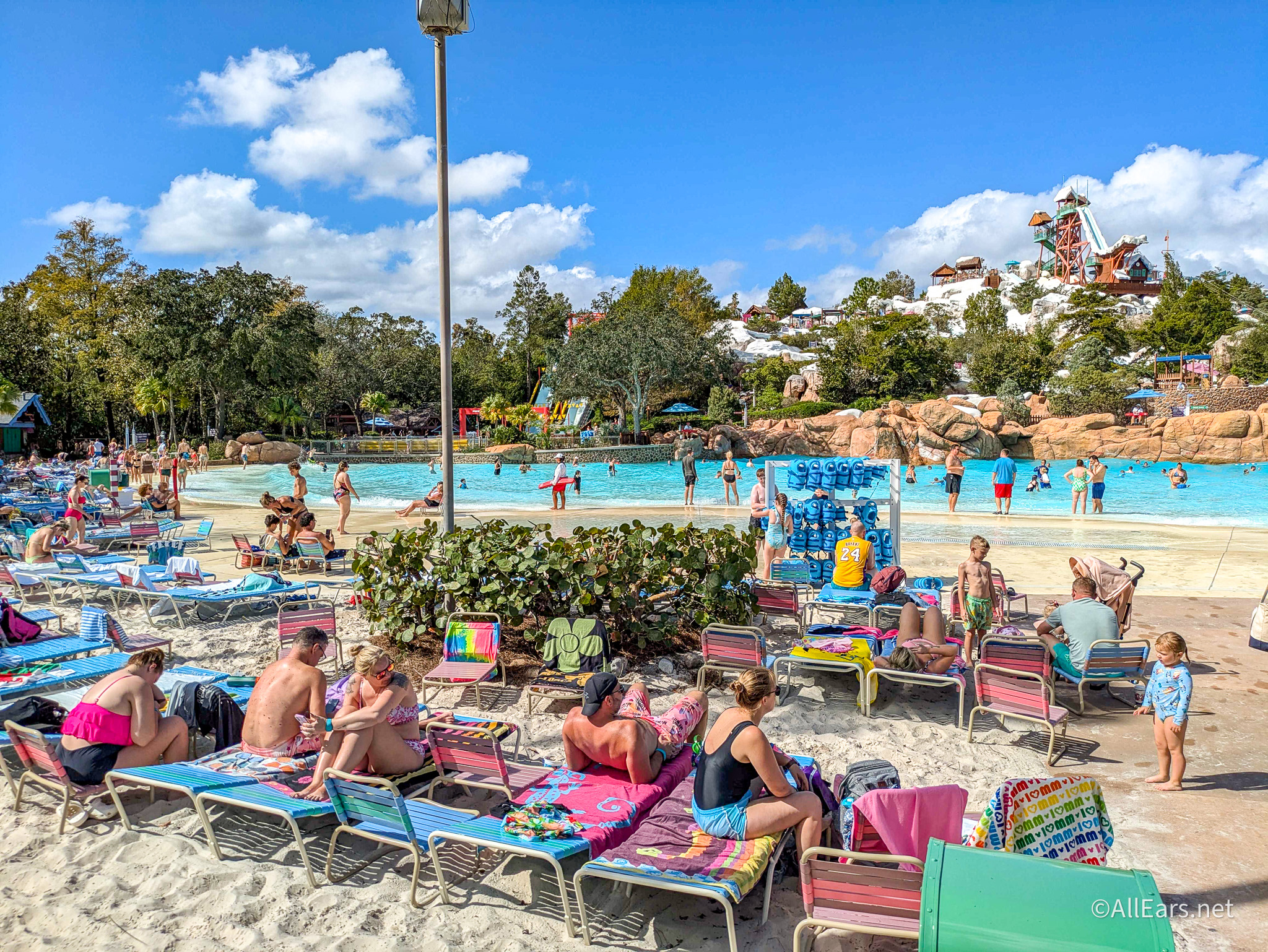
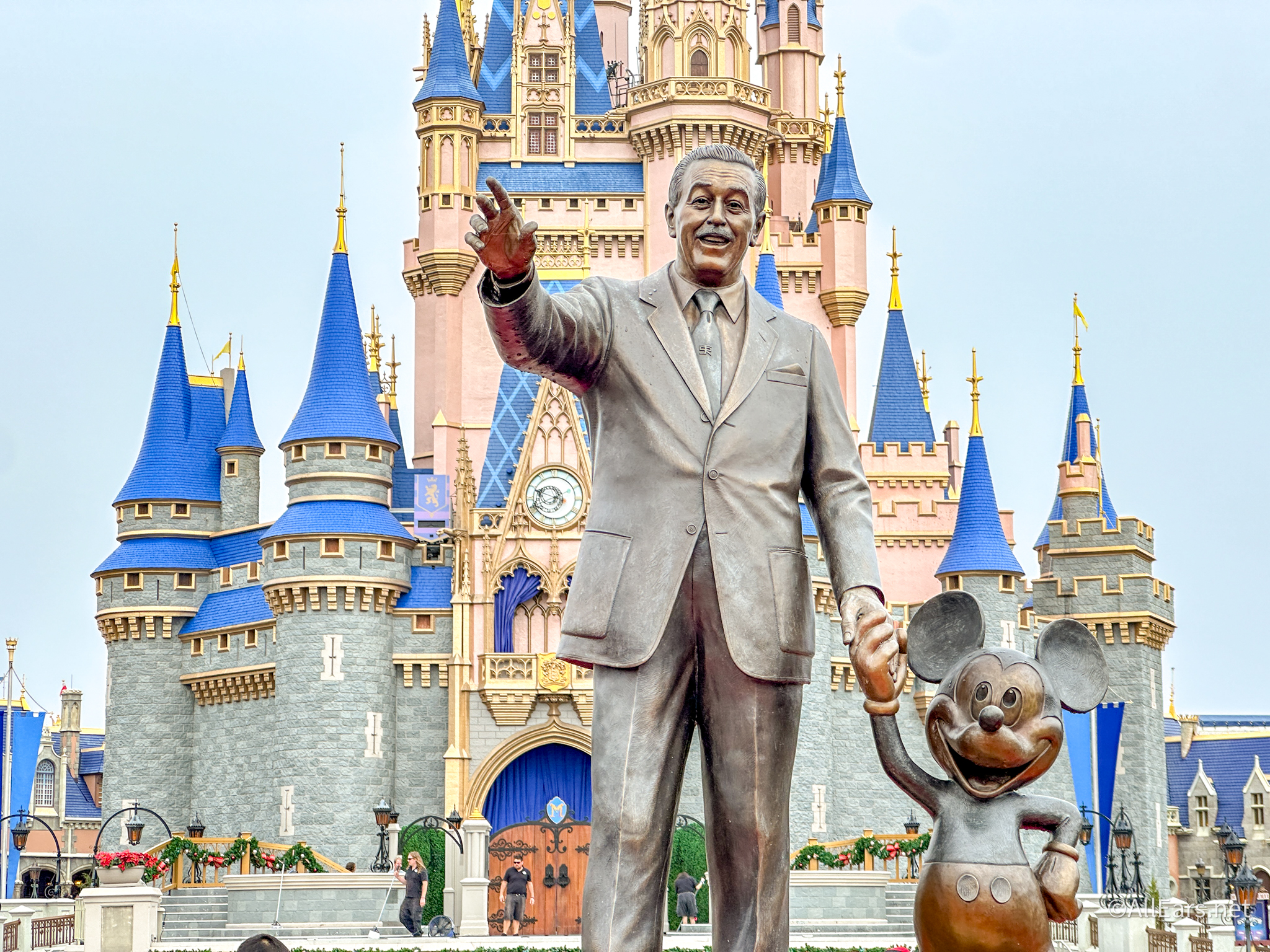


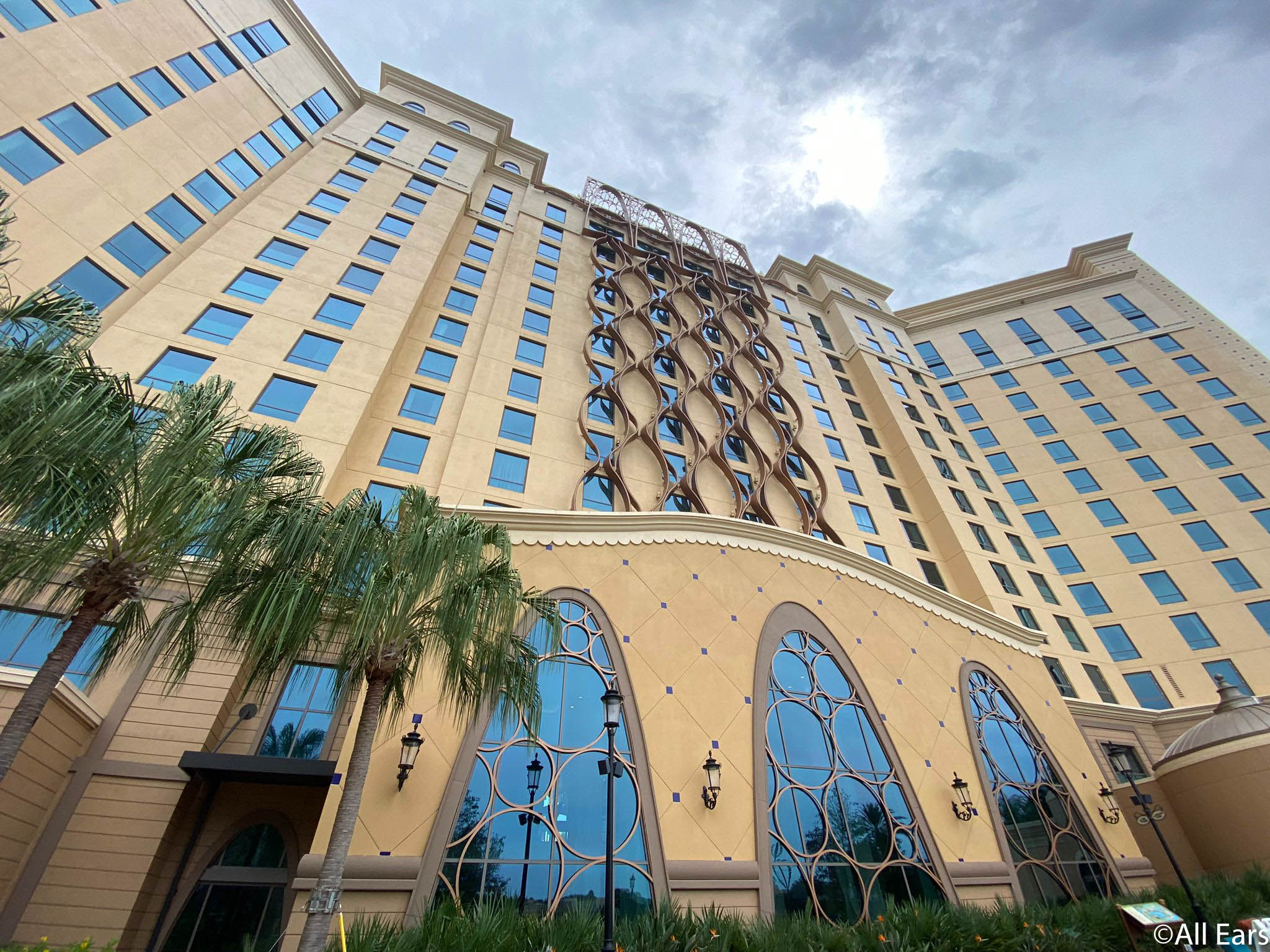
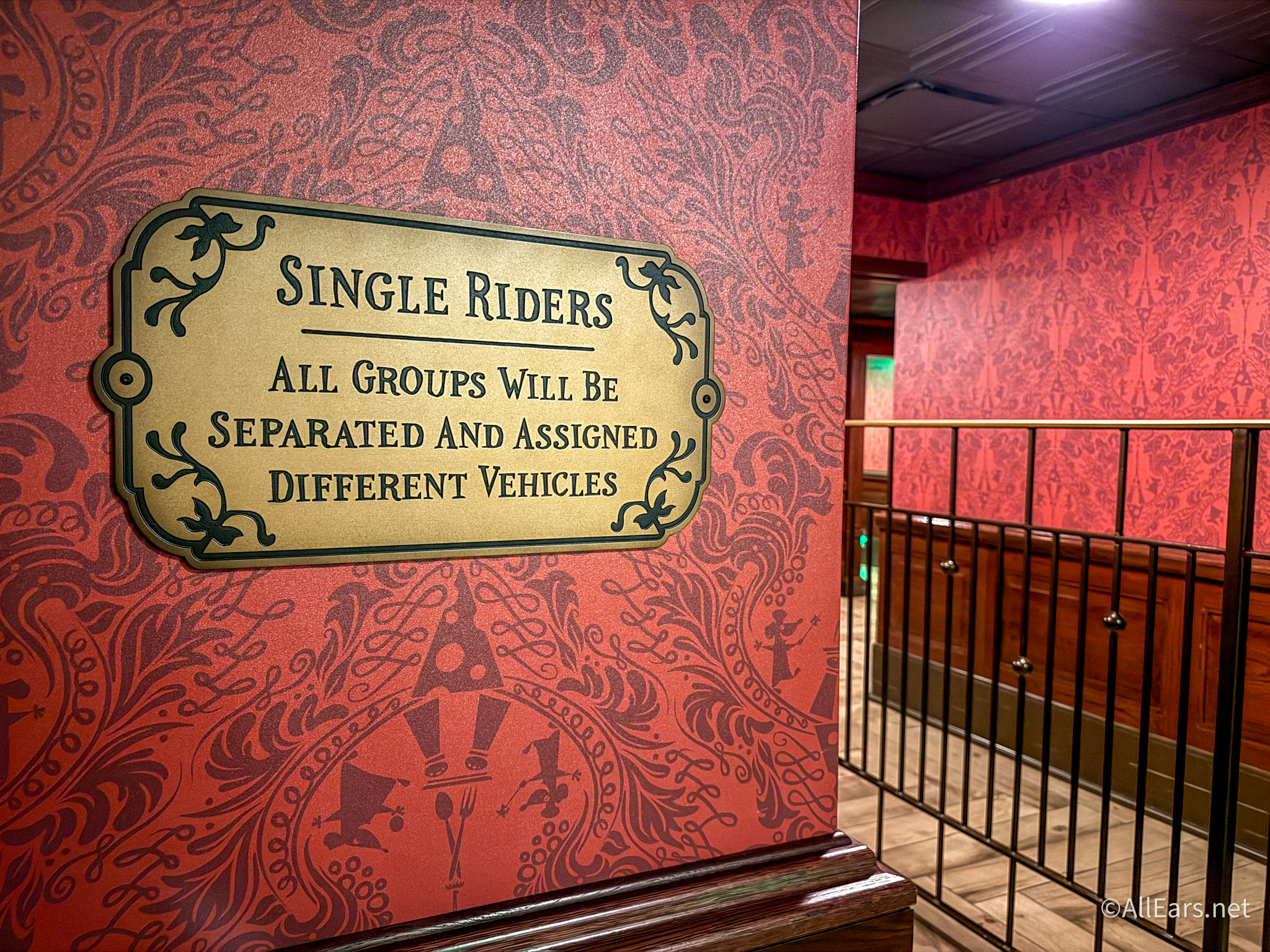
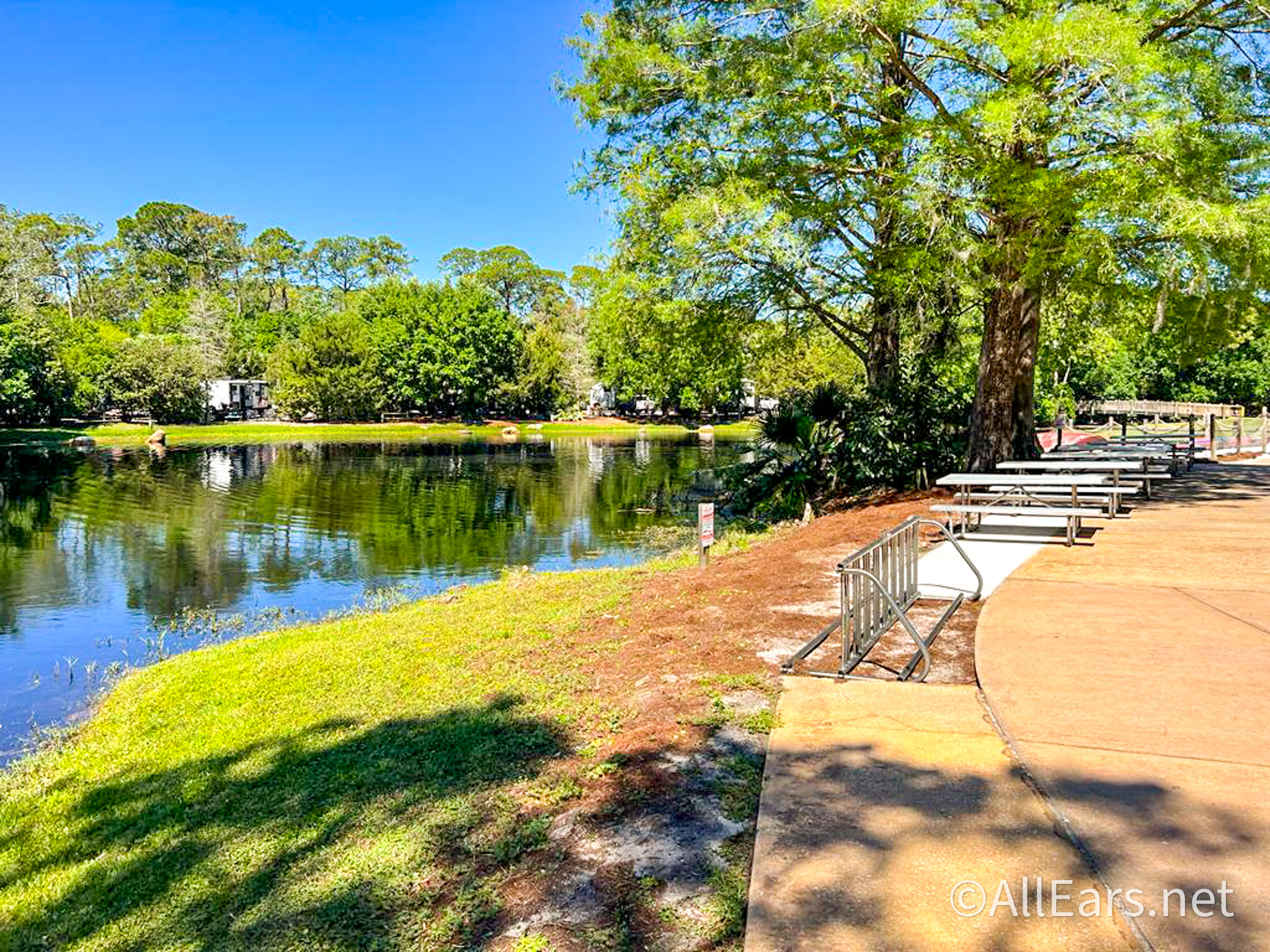

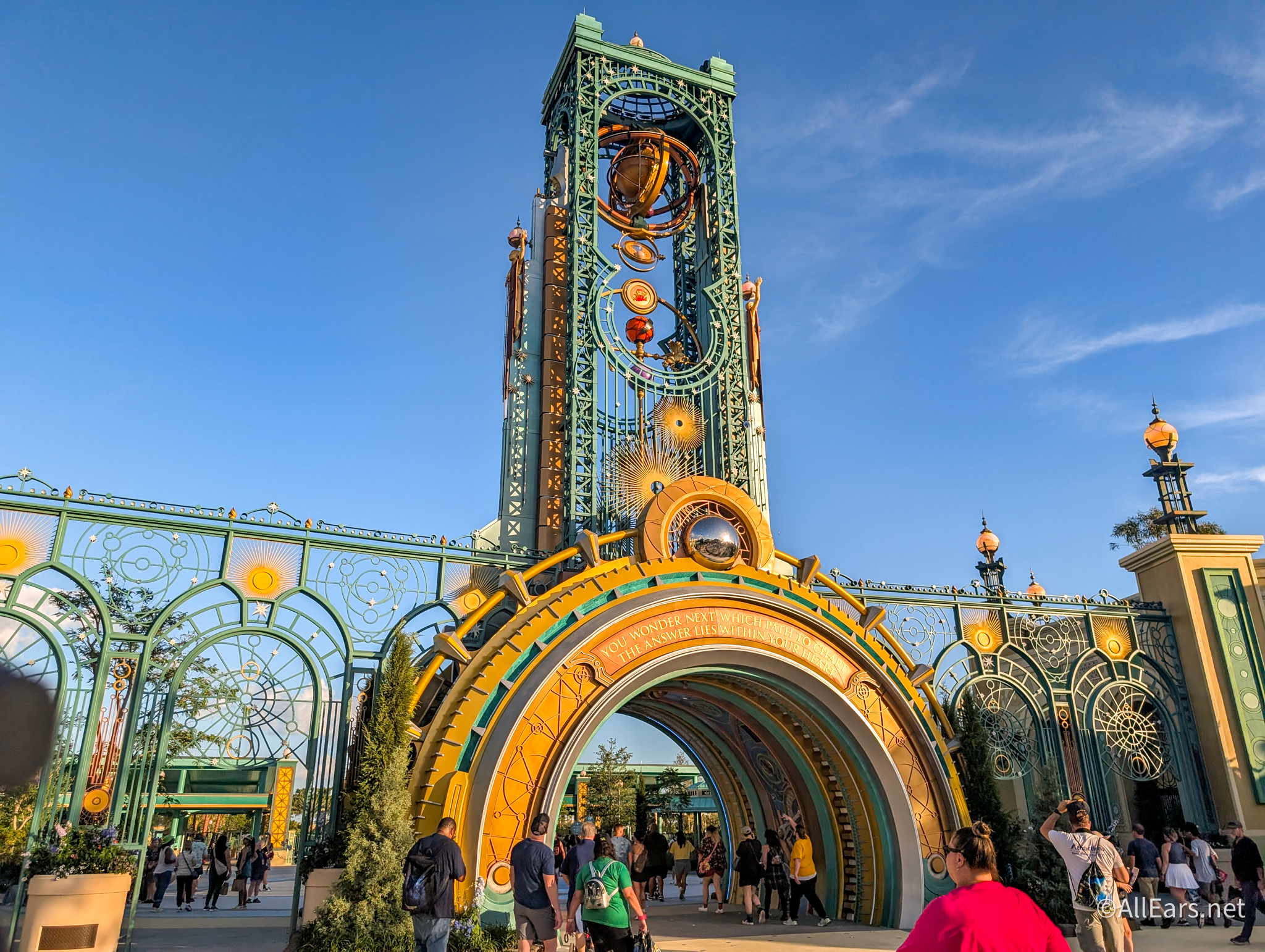
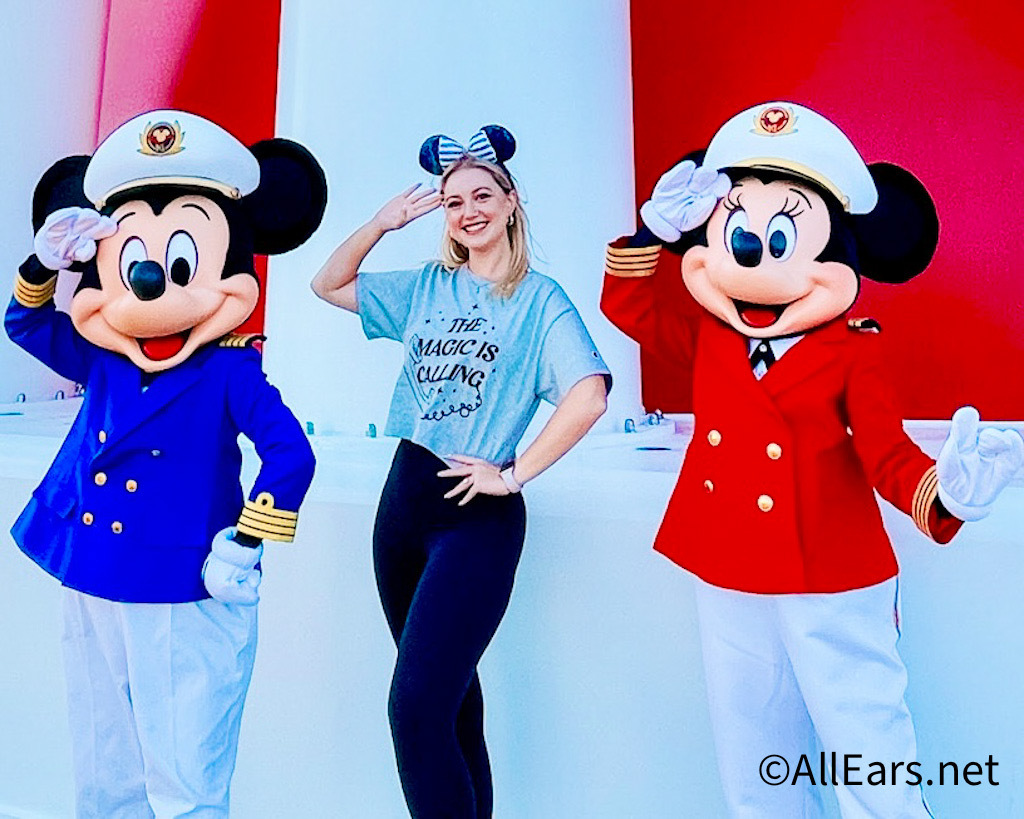
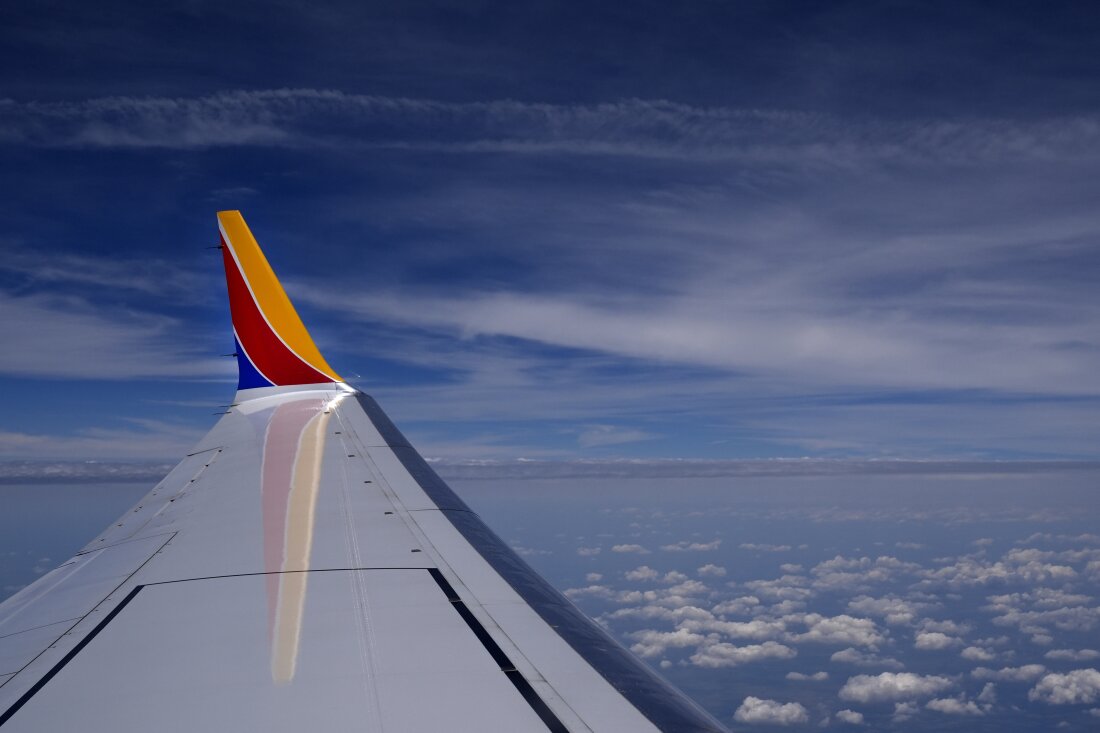

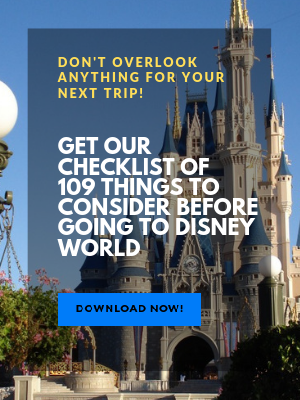
So How did the PeopleMover returns to Anaheim CA in the near future and even the Rocket Rods track wants to rebuilt soon and in 1967 PeopleMover and closed in 1995 and Rocket Rods opens in 1998 and it closed in 2000 because due to mechanical problems and in 2001 the ride not reopened and will look forward The PeopleMover returns in California in the near future!